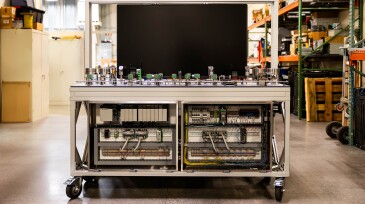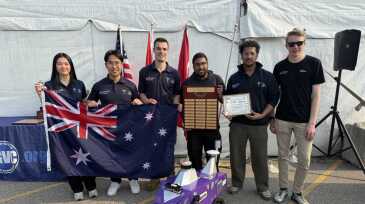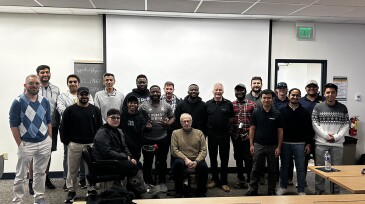Technology
EZOps will integrate its Mobile Oilfield Management platform into the college’s energy technology program, giving students hands-on experience with digital tools used in modern oilfield operations.
The software will enhance education and research across energy, geothermal, mining, and geotechnical engineering by giving students and faculty hands-on access to industry-standard tools used worldwide.
AI is transforming oil and gas, but the real change will come from young professionals (YPs) who bridge technology and field expertise. By leading pilots, building networks, and challenging old assumptions, YPs can drive the industry’s digital transformation from within.
-
PE Ltd.'s software will allow students and faculty to work directly with modeling technologies and build real-world, job-ready skills.
-
Founding dean of Missouri S&T’s Kummer College, James D. Sterling, sat down with Joshua Schlegel, associate professor and associate chair of nuclear engineering and radiation science, to discuss why nuclear power is making a comeback and what its resurgence means for the future of energy.
-
In this interview, Purohit explains why ultrasonic technology is rising as a dominant solution for gas-flow applications and how engineering teams can approach measurement as a tool not just for accountability but also for operational excellence.
-
Microgrids are no longer niche innovations—they have become a foundational component of modern energy infrastructure. Realizing their full potential will require targeted policy reform, clearer regulatory frameworks, and greater access to innovative financing models.
-
Tiger Skid, a custom-built cyber-physical training and testing platform, simulates real-world energy systems and industrial processes vulnerable to cyber-physical attacks.
-
As the energy sector rapidly evolves to address climate change, tools such as the En-ROADS Climate Solutions Simulator are essential for young professionals seeking to understand the complexities of the transition and make informed, impactful decisions.
-
Students at the Melbourne, Australia, university took home first place at the 32nd US-based Intelligent Ground Vehicle Competition.
-
The multiplayer training platform developed by the Texas A&M Mary Kay O'Connor Process Safety Center and EnerSys Corp. uses artificial intelligence and gaming technology to simulate pipeline emergencies.
-
Rock Flow Dynamics' donation of its tNavigator software will benefit WVU students studying petroleum engineering, geology, and earth and environmental sciences.
-
The report highlights the fast evolution of AI with better performance, bigger investment, and rising global optimism. But job concerns, education gaps, and environmental costs reveal a more complex picture.
Page 1 of 32













